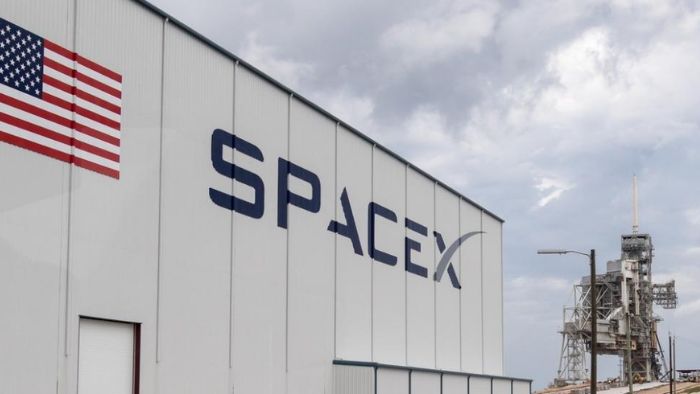SpaceX’s recent $1.8 billion contract to develop a spy satellite network for the National Reconnaissance Office (NRO) has sparked widespread interest and scrutiny. This venture into the realm of national security marks a significant milestone for the private aerospace company. The implications of SpaceX’s involvement in the construction of this classified satellite network are vast, paving the way for a new chapter in the intersection of technology and intelligence gathering. Meanwhile, the comparison between SpaceX’s Starlink and Starshield initiatives sheds light on the distinct approaches the company is undertaking in the satellite communication and defense sectors.

SpaceX Contract for Spy Satellite Network
- SpaceX has clinched a significant deal with the US National Reconnaissance Office (NRO) for $1.8 billion to establish a cutting-edge spy satellite network.
- These satellites, stationed in low Earth orbit, will possess advanced capabilities enabling surveillance and monitoring of ground targets with unprecedented precision.
- The initiation of this contract in 2021 marks a pivotal milestone in SpaceX’s foray into the realm of national security and intelligence operations.

Name and Capabilities of the Satellite Network
The upcoming SpaceX spy satellite network, known as Starshield, is poised to revolutionize US intelligence operations through its advanced capabilities. Starshield’s primary function will be to provide continuous global imaging, enabling unparalleled surveillance capabilities for national security purposes.
Utilizing a sophisticated design, Starshield comprises a fusion of large imaging satellites for data collection and communication satellites for seamless information transmission. This synergy allows for real-time and comprehensive monitoring of various regions worldwide, enhancing situational awareness and intelligence gathering for government agencies.

Surveillance Implications
The SpaceX spy satellite network contract marks a significant leap in global surveillance capabilities. Through advanced technology, it has the potential to eliminate hiding, allowing for unprecedented tracking and monitoring on a global scale. This heightened surveillance prowess raises pressing concerns related to privacy, data security, and individual freedoms, sparking debates on the balance between security and civil liberties.
Distinguishing between Starshield and Starlink in the context of the SpaceX spy satellite network is crucial for understanding their distinct roles. Starlink primarily focuses on providing global internet coverage, while the spy satellite network under Starshield amplifies surveillance capabilities. This distinction highlights the dual nature of SpaceX’s ventures in both connectivity and surveillance domains, showcasing the convergence of technology and security interests.

Role of SpaceX and NRO
- SpaceX’s collaboration with the NRO in the speculated spy satellite network hints at a strategic role in advancing space-based intelligence.
- While direct confirmation is lacking, the NRO’s emphasis on unparalleled capabilities underlines the significance of SpaceX’s potential contribution in this covert realm.

Previous Starshield Program
The SpaceX spy satellite network dynamics were significantly influenced by the $70 million contract inked in fall 2023 with the Space Force for communication satellites through the Starshield program. This move marked a strategic pivot towards state-of-the-art satellite technology for intelligence and defense purposes.
Distinct from the civilian-oriented Starlink, the Starshield program underpins SpaceX’s foray into bolstering national security capabilities through dedicated communication satellites. With a focus on robust, secure, and encrypted networks, the program aligns closely with governmental requirements for confidential and reliable data transmission in sensitive operations.

Differences Between Starlink and Starshield
-
Civilian vs. Governmental Focus: Elon Musk’s delineation between Starlink and Starshield is clear-cut. While Starlink functions as a civilian network, targeting commercial and residential users with internet services globally, Starshield takes on a more strategic role. It is specifically tailored to cater to government operations, emphasizing national security and serving governmental purposes.
-
Purpose and Objectives: The fundamental disparity lies in the objectives of the two projects. Starlink, under SpaceX’s initiative, aims to revolutionize internet connectivity worldwide by deploying a constellation of satellites. In stark contrast, Starshield’s primary goal is to augment governmental initiatives, enhancing surveillance capabilities and bolstering national defense strategies. This core distinction defines their operational scopes and strategic implications.
